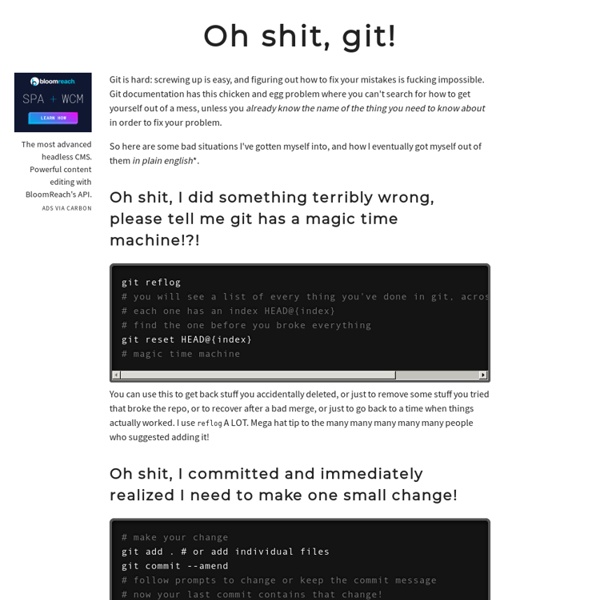



Hello World · GitHub Guides The Hello World project is a time-honored tradition in computer programming. It is a simple exercise that gets you started when learning something new. Let’s get started with GitHub! You’ll learn how to: Create and use a repository Start and manage a new branch Make changes to a file and push them to GitHub as commits Open and merge a pull request What is GitHub? GitHub is a code hosting platform for version control and collaboration. This tutorial teaches you GitHub essentials like repositories, branches, commits, and Pull Requests. No coding necessary To complete this tutorial, you need a GitHub.com account and Internet access. Tip: Open this guide in a separate browser window (or tab) so you can see it while you complete the steps in the tutorial. Step 1. A repository is usually used to organize a single project. Your hello-world repository can be a place where you store ideas, resources, or even share and discuss things with others. To create a new repository Click Create repository.
GitHub - k88hudson/git-flight-rules: Flight rules for git - a work in progress! A successful Git branching model » nvie.com Note of reflection (March 5, 2020)This model was conceived in 2010, now more than 10 years ago, and not very long after Git itself came into being. In those 10 years, git-flow (the branching model laid out in this article) has become hugely popular in many a software team to the point where people have started treating it like a standard of sorts — but unfortunately also as a dogma or panacea.During those 10 years, Git itself has taken the world by a storm, and the most popular type of software that is being developed with Git is shifting more towards web apps — at least in my filter bubble. Web apps are typically continuously delivered, not rolled back, and you don't have to support multiple versions of the software running in the wild.This is not the class of software that I had in mind when I wrote the blog post 10 years ago. Why git? For a thorough discussion on the pros and cons of Git compared to centralized source code control systems, see the web. The main branches ¶ develop
Git Workflows and Tutorials The array of possible workflows can make it hard to know where to begin when implementing Git in the workplace. This page provides a starting point by surveying the most common Git workflows for enterprise teams. As you read through, remember that these workflows are designed to be guidelines rather than concrete rules. We want to show you what’s possible, so you can mix and match aspects from different workflows to suit your individual needs. Centralized Workflow Transitioning to a distributed version control system may seem like a daunting task, but you don’t have to change your existing workflow to take advantage of Git. However, using Git to power your development workflow presents a few advantages over SVN. Second, it gives you access to Git’s robust branching and merging model. How It Works Like Subversion, the Centralized Workflow uses a central repository to serve as the single point-of-entry for all changes to the project. Developers start by cloning the central repository.